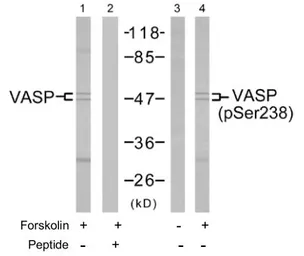VASP (phospho Ser239) antibody
Cat. No. GTX78925
Cat. No. GTX78925
-
HostRabbit
-
ClonalityPolyclonal
-
IsotypeIgG
-
ApplicationsWB IHC-P
-
ReactivityHuman, Mouse


